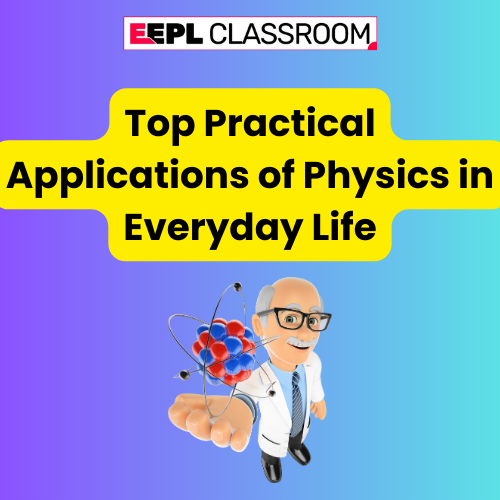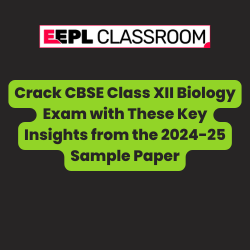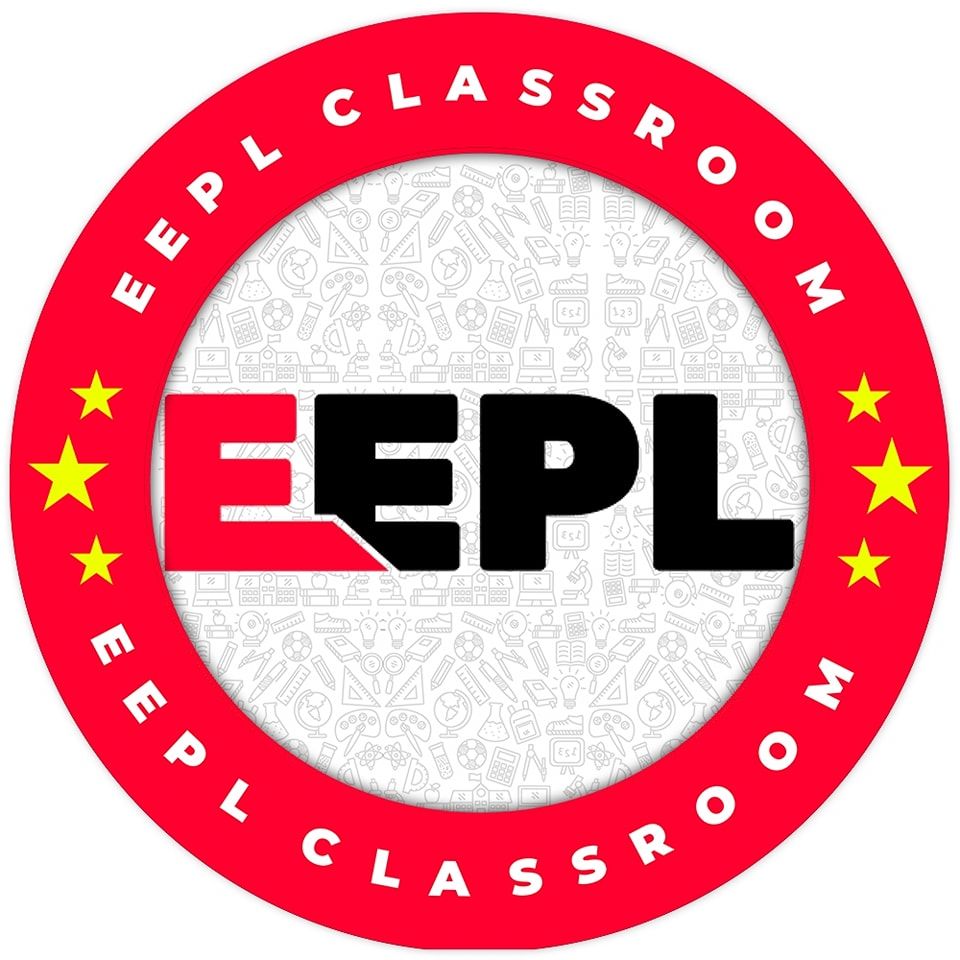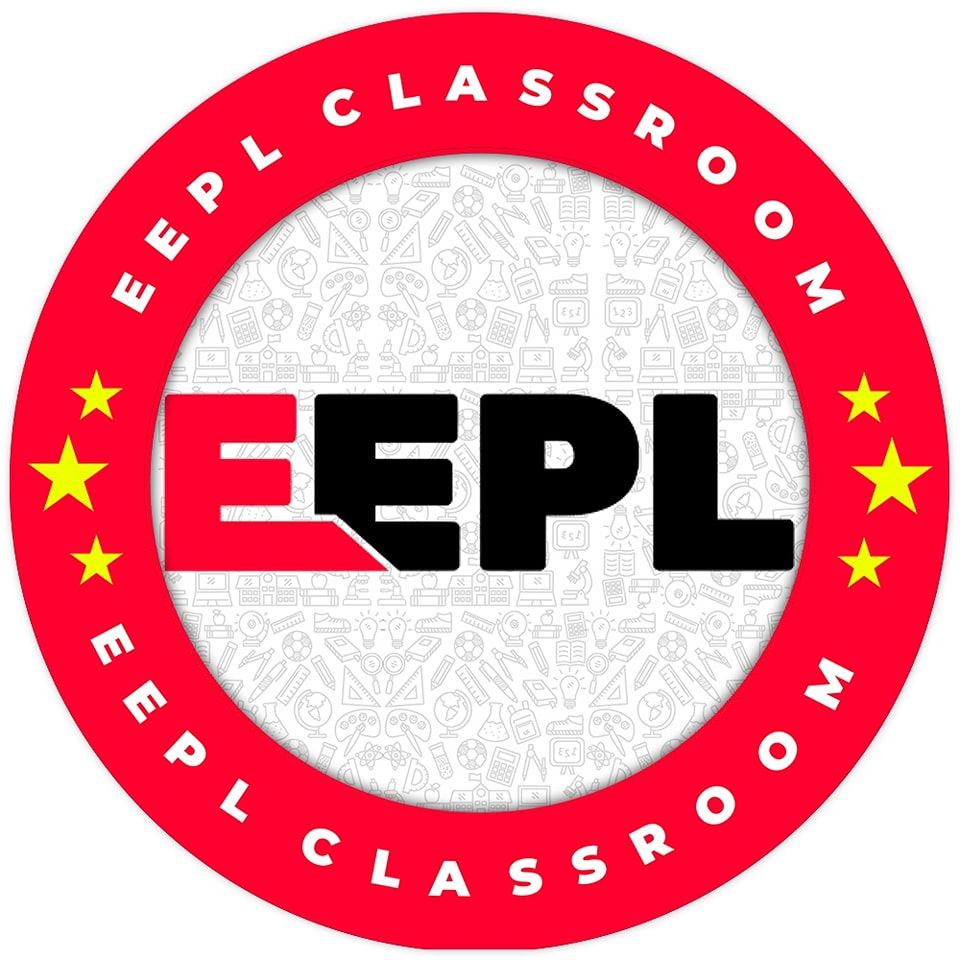Theory Overview
Unit I: Electrostatics
- Electric Charges and Fields
- Coulomb’s law, electric field, electric dipole, and flux.
- Gauss’s theorem and its applications.
- Electrostatic Potential and Capacitance
- Electric potential and potential energy.
- Capacitors, parallel plate capacitor, combination of capacitors.
Unit II: Current Electricity
- Ohm’s law, resistivity, and conductivity.
- Kirchoff’s laws and their applications.
- Wheatstone bridge and potentiometer.
Unit III: Magnetic Effects of Current and Magnetism
- Moving Charges and Magnetism
- Biot-Savart law, Ampere’s law, force on a current-carrying conductor.
- Magnetic dipole moment and torque.
- Magnetism and Matter
- Earth’s magnetic field, bar magnet as a dipole, and magnetic susceptibility.
Unit IV: Electromagnetic Induction and Alternating Currents
- Electromagnetic Induction
- Faraday’s laws, Lenz’s law.
- Self-induction and mutual induction.
- Alternating Current
- LC oscillations, resonance, power in AC circuits.
Unit V: Electromagnetic Waves
- Maxwell’s equations and displacement current.
- Characteristics of electromagnetic waves.
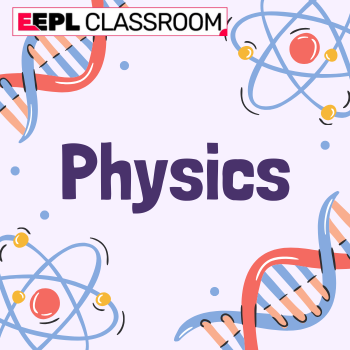
Unit VI: Optics
- Ray Optics
- Reflection, refraction, total internal reflection.
- Optical instruments like microscopes and telescopes.
- Wave Optics
- Interference, diffraction, and polarization.
Unit VII: Dual Nature of Radiation and Matter
- Photoelectric effect and Einstein’s equation.
- Matter waves and de Broglie hypothesis.
Unit VIII: Atoms and Nuclei
- Atoms
- Bohr’s model, hydrogen spectrum.
- Nuclei
- Radioactivity, mass-energy equivalence, and nuclear reactions.
Unit IX: Semiconductor Electronics
- Band theory of solids, semiconductors, and diodes.
- Applications of junction diodes and transistors.
Practical Overview
Experiments
- Current Electricity and Magnetism
- Verification of Ohm’s law.
- Plotting magnetic field lines around a bar magnet.
- Optics
- Determination of focal length of lenses.
- Use of a prism to determine the angle of minimum deviation.
- Electronics
- Study of V-I characteristics of a p-n junction diode.
- Logic gates verification.
Activities
- Demonstrating electromagnetic induction.
- Study of resonance in LCR circuits.
Viva Preparation
- Familiarity with apparatus and key concepts.
- Clear understanding of experimental procedures.
Tips for Preparation
- Conceptual Clarity: Focus on understanding the concepts rather than rote learning.
- NCERT First: Study NCERT books thoroughly, as most questions are directly derived from them.
- Practice Numericals: Regularly solve numerical problems, especially for units like Electrostatics and Current Electricity.
- Revise Formulas: Maintain a formula sheet for quick revision.
- Mock Tests: Attempt previous years’ question papers and sample papers to identify weak areas.
For More Information and Updates, Connect With Us*
- Name: Survi
- Phone Number: +91-7488713635
- Email ID: survi@eepl.me
- Our Platforms:
- Digilearn Cloud
- EEPL Test
- Live Emancipation
- Follow Us on Social Media:
- Instagram – EEPL Classroom
- Facebook – EEPL Classroom
- https://eepl.me/classes/index.php/blog/
Stay connected and keep learning with EEPL Classroom!



